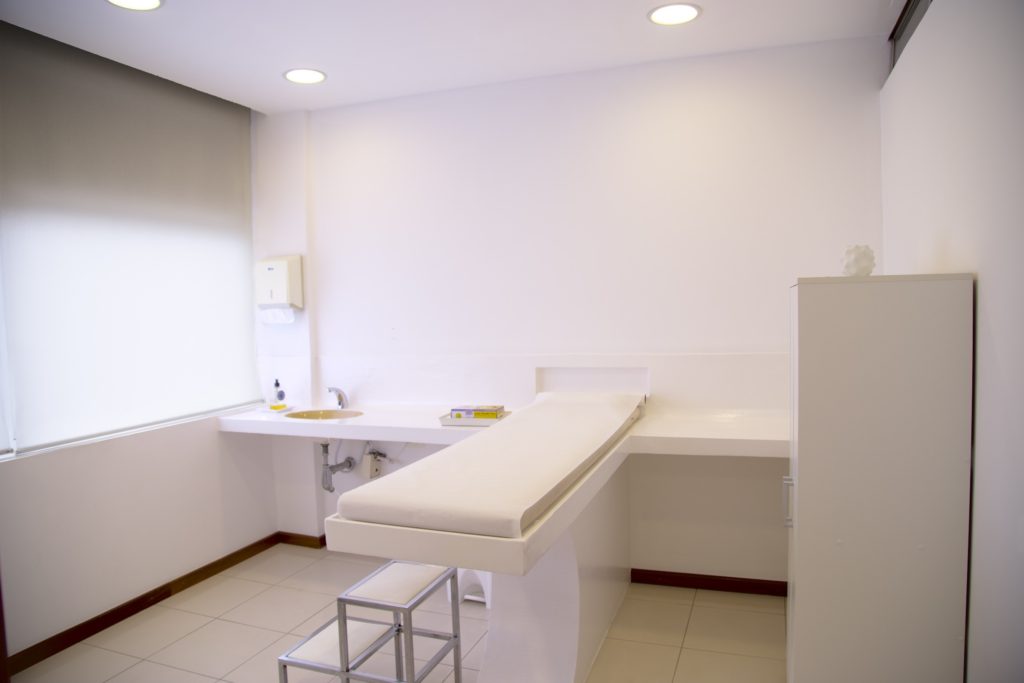In November 2019, I had my first FibroScan. This noninvasive test is similar to an ultrasound because the technician passes a probe over your liver, pressing in between your ribs.
How Does a FibroScan Work?
At the end of the wand is a button that sends a pulse through your liver to check the elasticity of your liver. The technician does this at least ten times, and then the machine takes the average of all these images. You will receive two different scores: one that shows the amount of fat in your liver and one that shows the amount of fibrosis you have.
Does a FibroScan Hurt?
The technician said this test wouldn’t hurt, but for me, it actually hurt quite a bit. It felt like tiny fingers were pinching the skin deep between my ribs. I told the technician, and she usually only patients with fatty liver experience this pain. Which makes sense, because my ultrasound in 2017 showed I had excess fat in the liver.
I would rate the pain maybe a 4 out of 10. It wasn’t unbearable, just painfully uncomfortable. It far less painful than my liver biopsy, and the FibroScan pain wasn’t nearly painful enough to make me dread getting another one in the future.
2 Kinds of FibroScan Results
A FibroScan shows you two results: your CAP score and your elasticity, or kPa score.
1. CAP Score: Measures the Fat in Your Liver
The CAP score measures the amount of fat in your liver.
My average CAP score was 233 dB/m, which is just barely under level one. But if you look at the individual CAP results in the twelve images, you’ll see that they ranged from 168 – 275 dB/m in various places of my liver.
2. Elasticity: Estimates Your Stage of Liver Fibrosis
The second score your FibroScan will show you is your liver’s elasticity; the stiffer it is, the more fibrosis you have.
My average elasticity was 6.1 kPa. According to the scoring system above, it suggests I may have stage 1 liver fibrosis (or maybe none at all).
What My FibroScan Results Mean in My PSC Diagnosis Journey
As you can see, these FibroScan results are similar to my past results which showed that if I have PSC, it’s only in the very beginning stages.
However, since these findings were so minimal, the FibroScan did not provide enough information to offer an official PSC diagnosis.
This meant that the next step was to get a liver biopsy. Read about my liver biopsy experience here.
Read the Rest of My PSC Diagnosis Journey
